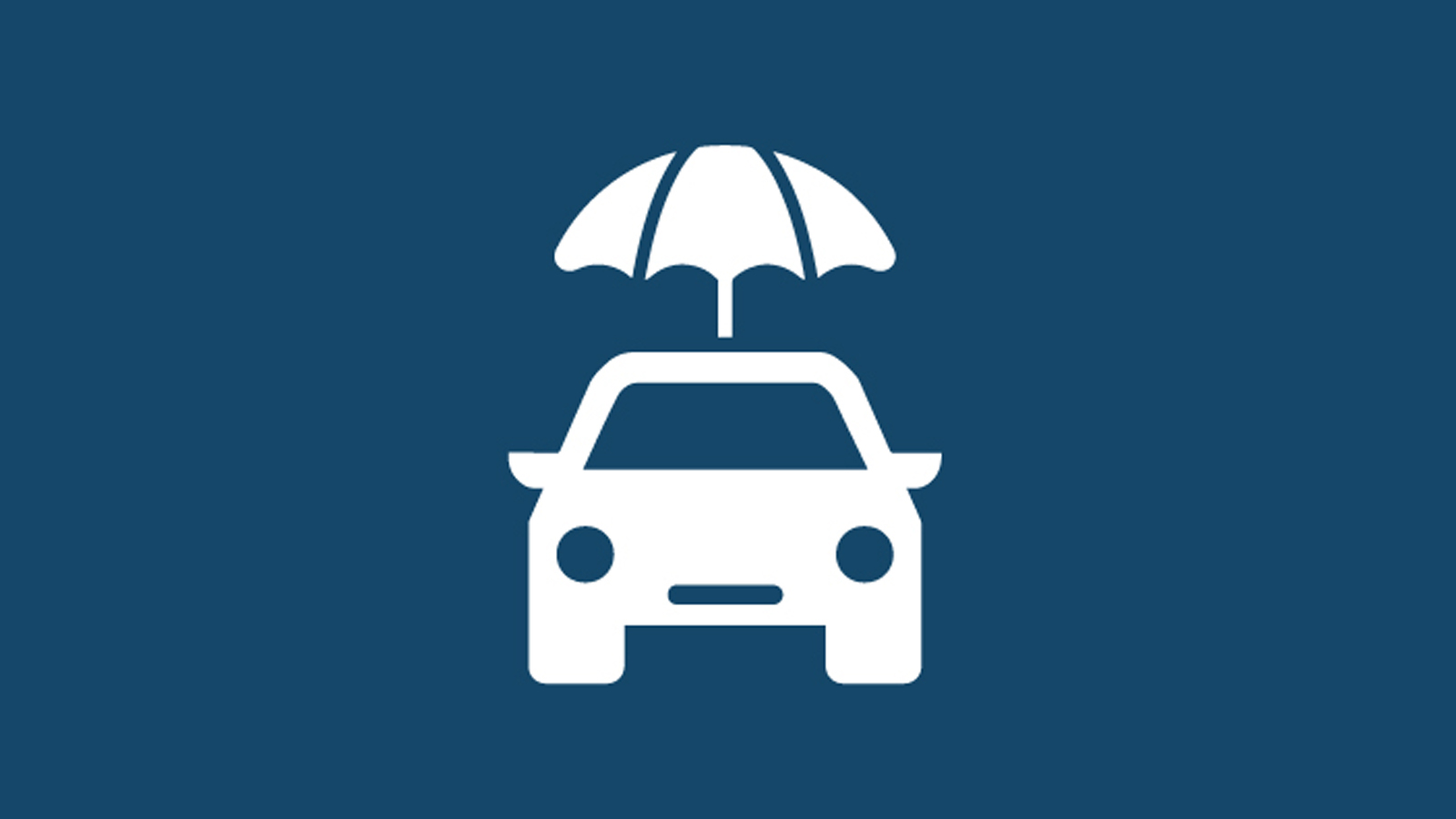Navigating the world of auto insurance can feel like a daunting task. With so many options and terms to understand, it’s easy to get lost in the details. Yet, having the right coverage is crucial for protecting your vehicle and yourself on the road. Whether you’re a seasoned driver or new behind the wheel, understanding auto insurance is essential for peace of mind.
In this guide, we’ll break down everything you need to know about auto insurance—what it is, why it’s necessary, and how to choose the best coverage tailored to your needs. From different types of policies to factors that influence premiums, we’ve got you covered! So buckle up as we dive into all things auto insurance explained.
Understanding Auto Insurance: What it is and Why You Need it
Auto insurance is a contract between you and an insurance company that provides financial protection in case of accidents or damages involving your vehicle. It covers various expenses, from repairs to medical costs, depending on the policy you choose.
Why do you need it? The answer is simple: driving comes with risks. Accidents happen when we least expect them. Without adequate coverage, even minor incidents can lead to significant out-of-pocket expenses.
Moreover, many states require drivers to carry a minimum level of auto insurance. This legal obligation protects everyone on the road by ensuring that those involved in an accident have access to funds for recovery.
Understanding auto insurance empowers you as a driver. It helps safeguard your assets and ensures compliance with regulations while providing peace of mind every time you hit the road.
Types of Auto Insurance Coverage
Navigating the world of auto insurance can be overwhelming, especially with various coverage types available. Understanding these options helps you make informed decisions about your policy.
Liability coverage is often a legal requirement. It covers bodily injury and property damage you may cause to others during an accident. This protection is essential for safeguarding your finances.
Collision coverage comes into play if your vehicle collides with another car or object. It pays for repairs regardless of who’s at fault, giving drivers peace of mind.
Comprehensive coverage protects against non-collision incidents like theft, vandalism, or natural disasters. This means you’re covered even when you’re not on the road.
Uninsured/underinsured motorist coverage offers security in case you’re hit by a driver lacking sufficient insurance. It’s a valuable safety net that ensures you’re protected despite others’ choices.
Personal injury protection (PIP) covers medical expenses for you and passengers after an accident—regardless of fault—making it crucial for comprehensive financial planning.
Factors That Affect Your Auto Insurance Premiums
Several factors play a crucial role in determining your auto insurance premiums. One of the most significant is your driving history. A clean record can lead to lower rates, while accidents or violations may spike costs.
Your age and gender also influence premiums. Statistically, younger drivers tend to pay more due to limited experience on the road. Similarly, male drivers often face higher rates than their female counterparts.
The type of vehicle you drive matters too. Cars with high safety ratings generally attract lower premiums. Conversely, luxury vehicles or models prone to theft can result in increased costs.
Where you live impacts your premium as well. Urban areas typically have higher accident rates and theft incidents compared to rural locations, leading insurers to adjust prices accordingly. Understanding these factors helps you make informed decisions when selecting coverage.
How to Choose the Right Coverage for Your Vehicle
Choosing the right coverage for your vehicle requires careful consideration of your individual needs. Start by assessing how often you drive and where. If you frequently navigate busy city streets, comprehensive coverage might be a wise choice.
Next, think about your vehicle’s value. New cars typically benefit from full coverage to protect against significant loss in case of an accident or theft. On the other hand, older vehicles may not need extensive protection as their market value decreases.
Also, consider your personal financial situation. Higher deductibles can lower monthly premiums but increase out-of-pocket expenses during claims. Balance what you can afford with what provides adequate protection.
Don’t forget to review state requirements too; minimum liability coverage varies widely across regions. Understanding these factors will empower you to make informed decisions about auto insurance tailored specifically to your circumstances.
The Importance of Reviewing and Updating Your Auto Insurance
Life is full of changes, and so are your insurance needs. Regularly reviewing your auto insurance ensures that you’re not underinsured or overpaying for coverage.
Major life events like moving, getting married, or purchasing a new vehicle can all necessitate adjustments in your policy. If you’ve upgraded to a more expensive car or changed jobs with longer commutes, it’s essential to inform your insurer.
Furthermore, rates and policies can fluctuate annually based on various factors. What seemed reasonable last year may no longer fit within your budget or provide adequate protection.
By reassessing your policy regularly, you stay mindful of potential discounts too. Many insurers offer lower rates for safe driving records or bundling multiple policies together.
Taking the time to review also keeps you informed about any changes in state laws regarding minimum coverage requirements. This way, you maintain compliance while ensuring peace of mind on the road.
Tips for Saving Money on Auto Insurance
Saving money on auto insurance doesn’t have to be complicated. Start by shopping around. Different insurers offer various rates for the same coverage, so it pays to compare.
Consider raising your deductible. A higher deductible usually means lower premiums, but make sure you can afford that amount in case of an accident.
Look into discounts offered by your insurer. Many companies provide reductions for safe driving records, bundling policies, or even having certain safety features in your vehicle.
Maintain a good credit score as it often affects insurance costs too. Insurers view better credit scores as a sign of reliability.
Review and adjust your coverage periodically based on changes in life circumstances or vehicle value to ensure you’re not overpaying for unnecessary protection.
Conclusion
Auto insurance can seem overwhelming, but understanding the basics can significantly simplify the process. Knowing what auto insurance is and why it’s essential for protecting yourself and your vehicle lays a solid foundation.
Different types of coverage cater to various needs, so it’s vital to evaluate which options suit you best. Additionally, being aware of factors that influence your premiums helps in making informed decisions when shopping around.
Choosing the right coverage involves careful consideration of your driving habits, vehicle type, and personal circumstances. Regularly reviewing and updating your policy ensures that you always have adequate protection without paying more than necessary.
Implementing strategies to save money on auto insurance not only keeps costs down but also allows you peace of mind as you navigate the roads ahead. By taking these steps diligently, you’ll be well-equipped to choose an auto insurance plan that meets both your needs and budget effectively.



